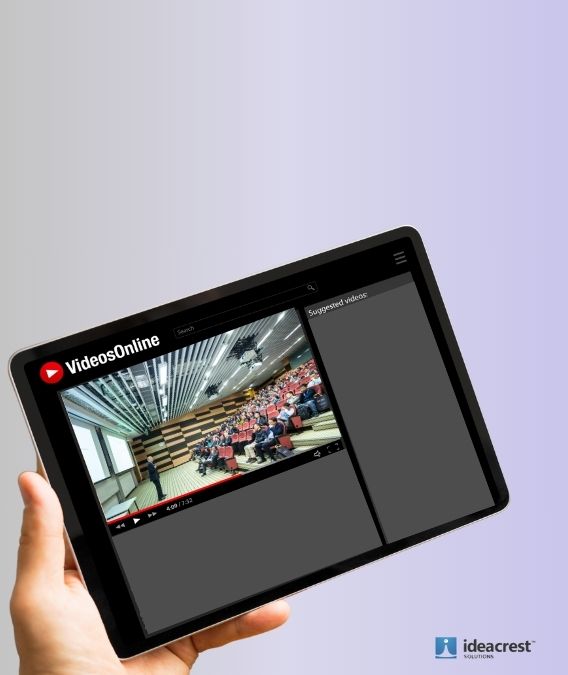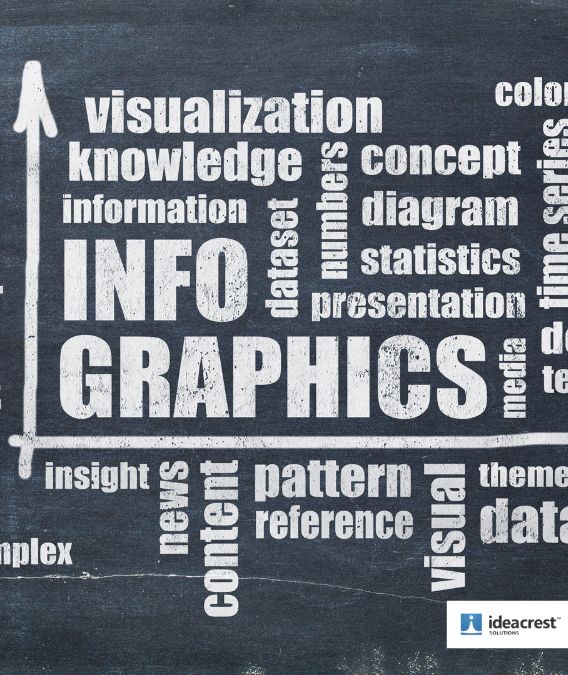Should Educational Businesses and Content Creators Invest in Microlearning in 2025?
The short answer is yes, yes they should.
However, to achieve a higher ROI (Return on Investment), they must implement microlearning the right way.
By 'the right way,' we mean creating microlearning materials that focus on one topic at a time, presenting it in an easy-to-understand and engaging way through high-quality visuals, audio, or videos—all within a 10-minute timeframe.
With that in mind, let's now explore why investing in it makes sense.
Consider adult learners, who often juggle multiple responsibilities on a day to day basis, leaving them with little time for traditional learning. As a result, they absorb information in short bursts, such as through LinkedIn, X, or TikTok posts and videos while commuting, or by quickly reading a tutorial on a new topic during breaks between meetings.
On the other hand, children and young adults often sit through long classes and lectures without fully grasping the information presented to them. Moreover, due to early exposure to social media, they’re more accustomed to consuming information in bite-sized pieces.
And microlearning study materials, being short and focused, work well in both situations.
For more information on ‘how’ it improves learning capabilities in both situations, refer to the next section.
How Microlearning Benefits Learners of Different Age Groups
Microlearning offers numerous advantages when effectively integrated into a school or college curriculum or a corporate L&D program.
For example:
Increase in Course Engagement Rates Among Children and Young Adults
Platforms like YouTube Shorts, Coursera, Khan Academy, and edX are well-known for offering brief, high-quality lecture courses. Their videos typically provide concise, focused information and explanations, often enhanced with animations, quizzes, and headshots of teachers or professors to add a more personal touch.
All these elements greatly enhance learners' engagement with educational content, helping them retain concepts longer and sparking further interest in exploring the topic.
Rapid Skill Building in a Corporate Setting
Whether it’s an internal project requirement or a client’s business need, companies often need to integrate new technologies to scale and make existing solutions more adaptable, or even build new ones.
To do so, they must train their engineers at an extremely fast pace. In this scenario, microlearning materials can be incredibly helpful. Engineers can use these short training or skill building courses as a solid starting point for their projects and, if necessary, conduct further research as they progress through the development cycle.
By now, you’ve probably heard us mention ‘microlearning materials’ quite a few times, so we thought it’s the perfect time to explore the popular material formats used by businesses and content creators to deliver microlearning courses.
Top 4 Microleaning Materials
There are many ways to deliver microlearning experiences. In this section, we'll explore some of the most popular ones.
Feel free to take inspiration from them.
1. Videos
A short piece of content, typically under 5 minutes, that clearly covers a topic by combining engaging audio, visuals, examples, and a summary of key points at the end.

2. Quizzes
They are a great way to revise or retain a new topic as a follow-up task after learning a new concept.

3. Fact Checker
This is one of the most engaging ways to keep learners hooked and spark their curiosity about a topic. It could be in the form of 'Did you know?', 'On this day,' or 'Who’s who?' type of information.

4. Infographics
It’s a great supplement to microlearning, as it focuses on one topic and breaks down complex ideas into small, digestible chunks of information with engaging visuals.

Conclusion
So to iterate, microlearning is a great investment for educational businesses and content creators.
Apart from aligning with modern digital learning habits, microlearning offers a key operational advantage: these course materials are easy to deploy, and their performance can be quickly evaluated. This enables educational businesses and content creators to swiftly identify what’s working and what’s not.
For instance, platforms like YouTube, Coursera, and others provide engagement metrics for video-based materials, helping creators gauge how well their courses are performing.
That said, if you're considering developing a unique or innovative tech platform or software related to microlearning and need expert guidance on that, then reach out to us at info@ideacrestsolutions.com
